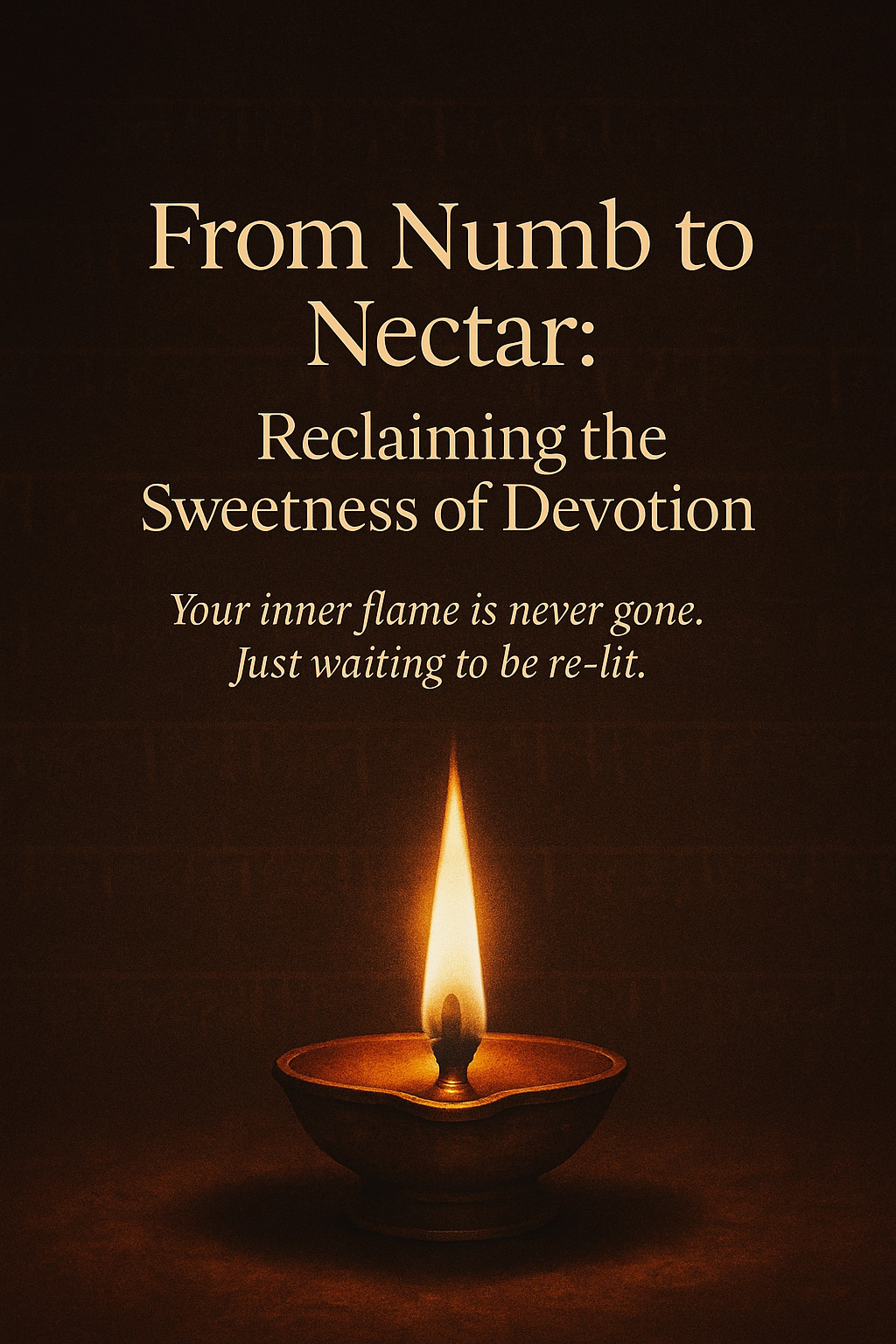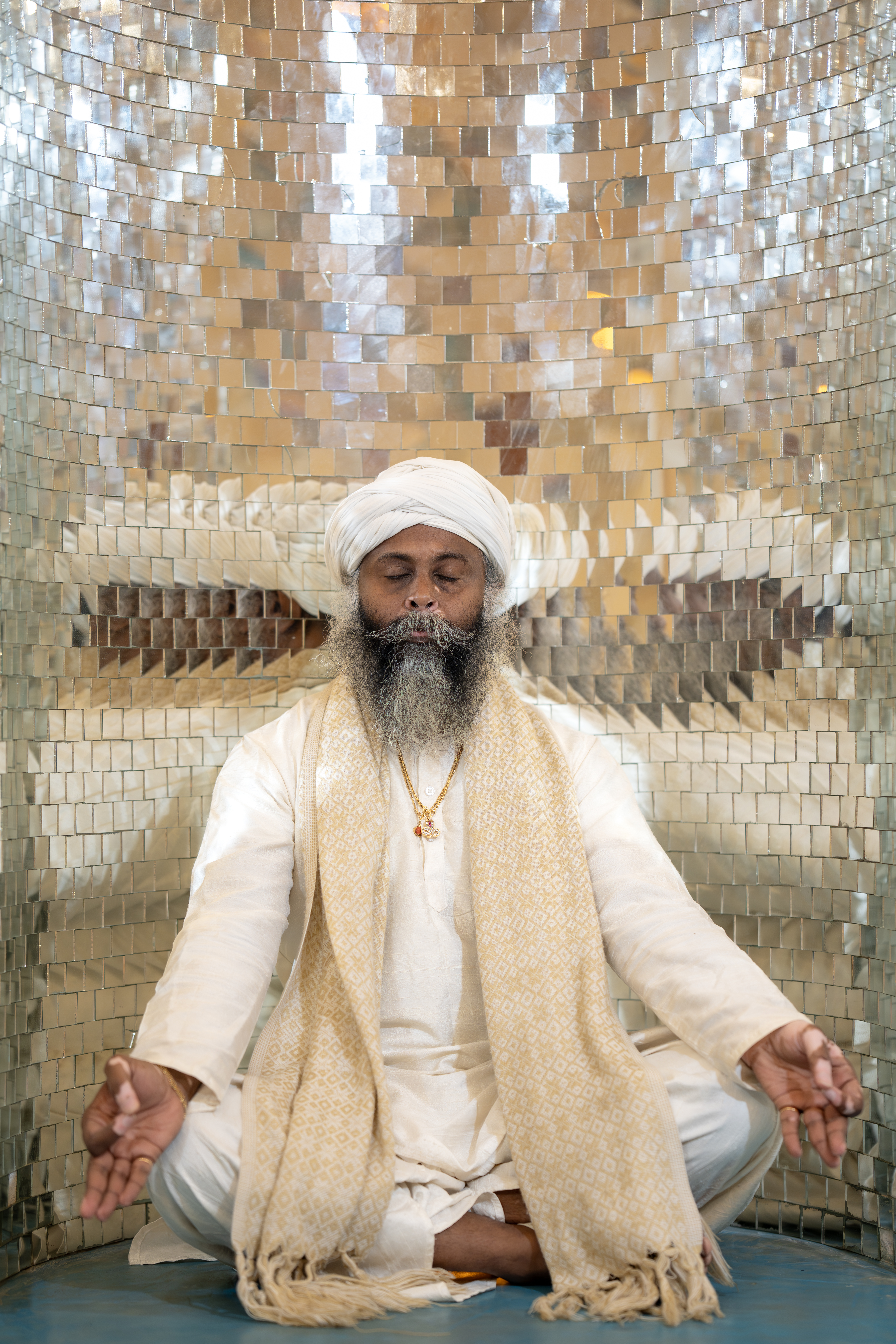Every year, on the full moon day of Shravana month (July–August), sisters across India tie a silk thread — a rakhi — on the wrists of their brothers. It may look simple, but this ritual holds centuries of sacred symbolism, powerful sentiment, and spiritual significance.
Raksha Bandhan, meaning “The Bond of Protection,” is far more than just a cultural custom — it's a vow of mutual responsibility, emotional connection, and sacred dharma between siblings.
🌕 Origin & Mythology
In the vast ocean of Hindu mythology, Raksha Bandhan finds its roots in many stories:
🛡️ Krishna and Draupadi
When Lord Krishna injured his finger during battle, Draupadi tore her sari and tied it around his wound. Deeply moved, Krishna vowed to protect her for life. This promise manifested during the infamous disrobing scene in the Mahabharata — where Krishna miraculously extended her sari to save her dignity.
💬 A rakhi is not just a thread — it’s a soul contract.
👑 Yamuna and Yama
The river goddess Yamuna tied a rakhi to her brother Yama, the god of death. He was so touched that he granted her immortality and promised that any brother who receives a rakhi from his sister will be blessed with a long, healthy life.
⚔️ Queen Karnavati and Emperor Humayun
A lesser-known yet powerful historical tale: During a siege, Queen Karnavati of Mewar sent a rakhi to Mughal Emperor Humayun, seeking protection. Honoring the bond, he marched his army to defend her kingdom — proving that even empires bow to the sacredness of this thread.
🪷 The Deeper Symbolism
Raksha Bandhan is not just about gifts and sweets.
It’s about:
- Gratitude for the people who stand by us
- Recognition of sacred relationships — beyond blood ties
- Reinforcement of dharmic duties and emotional bonds
In many traditions, priests tie rakshas (protective threads) on devotees' wrists as a symbol of divine protection. Thus, the rakhi is also symbolic of invoking blessings from the higher Self.
🧵 Modern Meanings
Today, the festival has evolved to include:
- Cousins, friends, and even spiritual siblings
- Women tying rakhis to soldiers and doctors as a token of gratitude
- Eco-friendly and hand-made rakhis with sacred seeds or mantras
- Rakhis symbolizing gender equality and universal love
In essence, Raksha Bandhan is a reminder that true protection is born from love, loyalty, and dharma.
✨ Rituals of the Day
- Sisters prepare a thali with:
- Rakhi
- Kumkum, rice grains
- Diya (lamp of light)
- Sweets or homemade prasad
- The Rakhi Ceremony:
- She applies a tilak on her brother’s forehead
- Ties the rakhi on his right wrist
- Offers sweets
- Prays for his long life
- The Brother’s Vow:
- He gives her a gift
- Promises to protect, support, and honor her — not just physically, but emotionally and spiritually
💫 A Spiritual Message
In yogic and Vedic terms, the wrist is a powerful energy center — linked to karma and action. By tying a sacred thread, we’re sanctifying our actions, relationships, and responsibilities.
For Kundalini Yogis, this is a day to meditate on:
- Balancing the masculine and feminine within
- Honoring supportive relationships in our lives
- Offering rakhi-like prayers to our inner siblings — the mind and the soul, the body and the spirit
📿 You Can Celebrate Too
Even if you’re far from family, or don’t have siblings, here are beautiful ways to honor the day:
- Tie a rakhi to your altar, representing divine protection
- Call or message those who’ve stood by you
- Send a rakhi to a soldier or a friend who’s been your shield
- Perform a simple meditation on the Ajna Chakra, seeking clarity in your relationships
🌕 Closing Reflection
In a world increasingly fragmented by individualism, Raksha Bandhan invites us to return to connection, protection, and devotion.
Whether it’s with siblings, friends, or spirit — may this full moon awaken a deeper commitment to those who matter most.
Tie the thread.
Say the prayer.
Walk the path of love and dharma.


0 Comments